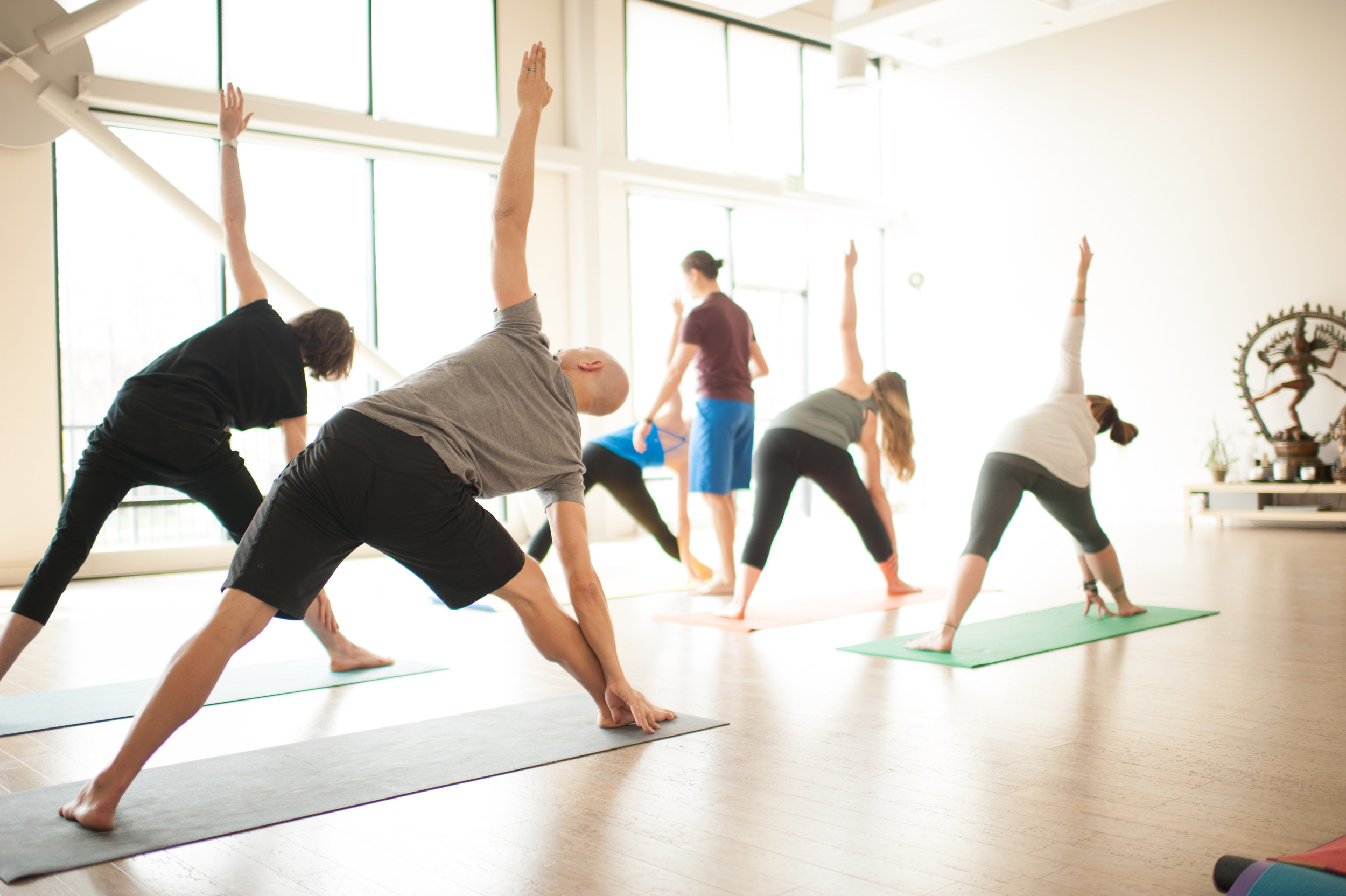There is a part of you that just knows. Call it intuition. Call it your gut feeling. Call it your inner-guru. Call it what you want but I’d wager that sometime or other we’ve all had an experience that feels like we’ve tapped into some deeper wisdom within ourselves. Sometimes information or something a friend says hits you between the eyes. Other times as you might be considering which option to choose, you’ll land on one and your whole body completely relaxes. For some, this inner-wisdom is the feeling you get when you are connected to a divine source. And when we have these experiences, it feels like this wisdom is coming from somewhere different than our conscious mind of rational thoughts. It’s not an analysis. It’s deeper.
In yoga we call this the Wisdom Body or in Sanskrit the Vijnanamaya Kosha (pronounced vig-nyana-my-ah). The source of this inner-wisdom is the place between dreaming and waking consciousness. Many cultures and spiritual traditions have different names and explanations for this place of inner-wisdom. For example, in Native American spirituality it’s said that this wisdom realm is very mystical, a source of visions, and ruled by the spiritual powers of the fox.
Like all things in yoga, through practice we can develop an ability to better hear or recognize this inner-wisdom. Personally, I’ve also found a profound practice in learning to trust and act upon this inner-wisdom when I do hear it. Yoga, meditation, and Yoga Nidra, are all ways to practice accessing our Wisdom Body. In the yoga system of subtle body, you can access this inner-wisdom by meditating or performing breathing exercises while focusing on the Ajna Chakra, sometimes called your Third Eye (looks inward), the energetic and symbolic spot in the center of your forehead. Another way to access the Wisdom Body is through the symbols and feelings of your dreams. Keeping a dream journal is a fun way to practice hearing your inner-wisdom. Often you tap this Wisdom Body when you clear your head and do something simple like folding the laundry, going on a walk in the park, or walking your dog.
Here’s a simple practice, to experiment tuning in to this inner- wisdom. Just have fun with this and don’t be too serious about it. Read through this first and then give yourself 10-15 minutes or so to try it.
Practice:
Lie down and close your eyes. Practice first focusing as you methodically bring your attention to all the different parts of your body: start from the top and go part-by-part to the bottom. Spend about at least 5 minutes doing this, you’ve got to let your body relax and tune in. When you’re relaxed, picture yourself sitting with someone very wise and loving. This person could be imaginary, living, passed on, young, old, whatever; it’s your inner reference so you can choose whoever you want. Sometimes, I choose Gandalf from Lord of the Rings as my wise person(can we keep that just between us?). Picture in detail where the two of you would be, what you would be doing, and most importantly the feelings between the two of you. Imagine that this wise person knows you inside and out, they know your personality, your likes and dislikes, your past and even your future and they love every part of you. They are your biggest cheerleader. Now, imagine that this person is excited to tell you something profound about you. They turn to you and with a smile say, “You know . . .” Now, let your mind fill in the blank with the first thing that comes to mind, what they would say about you. Don’t try to think about it, let it be instinct, that’s the point. Pause and take it in. Notice the way your body feels after this bit of advice or wisdom from your inner-friend. Notice any emotions, sensations, symbols, images, or anything that spontaneously arises for you, if any. Remember, this person is just the symbol of your deep inner-wisdom. They are a part of YOU. Repeat it to yourself. This is part of your subconscious speaking to your conscious mind through the symbol of your friend. And if what this person says doesn’t resonate with you, don’t take it personally, it doesn’t necessarily mean anything. Or perhaps notice where the resistance is to what they said, sometimes there is a message in that, too. Or, just tell your wise inner-friend, “Thanks for the advice” (you’re choosing a different wise friend next time, but you don’t have to tell them that). Continue on with this meditation until you feel ready to get up. You might want to connect briefly with your body to get grounded before you leave your meditation. Sometimes this mediation can be profound and sometimes nothing happens but it is a great way to practice hearing this inner-wisdom. At very least, it will be relaxing.
Or listen to me guide you through this practice. It's hosted on the meditation website, Insight.




































